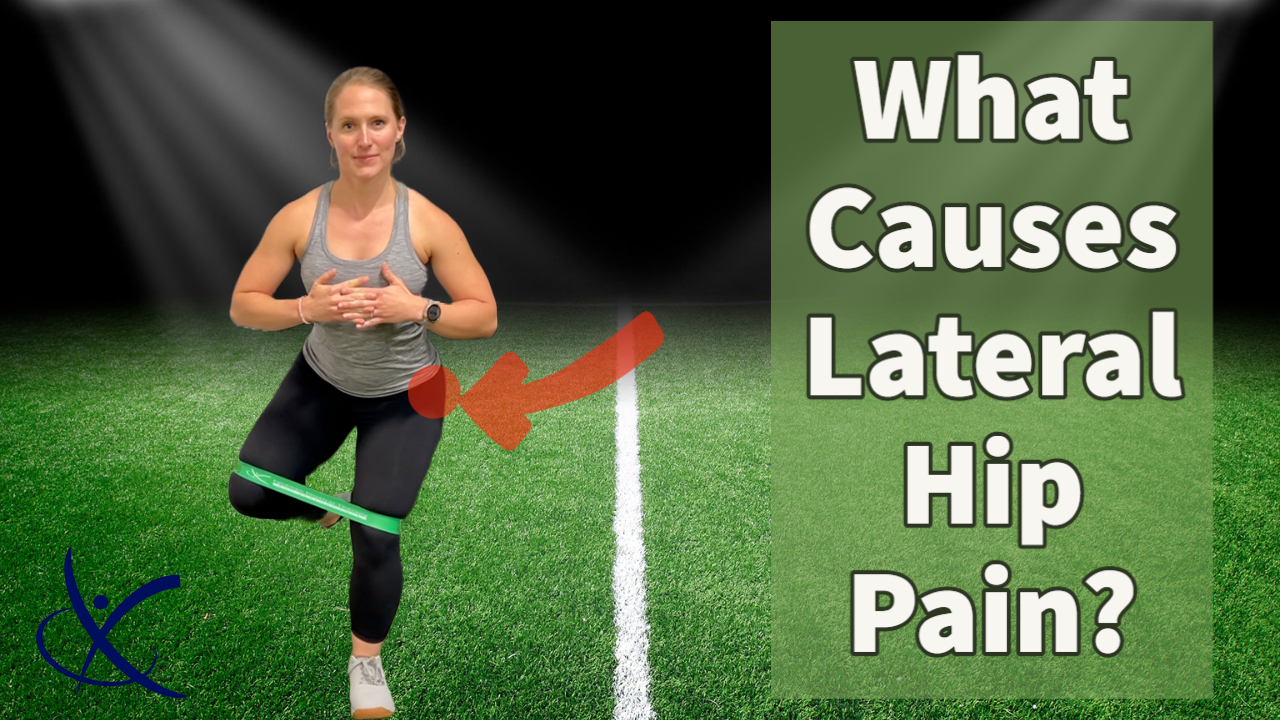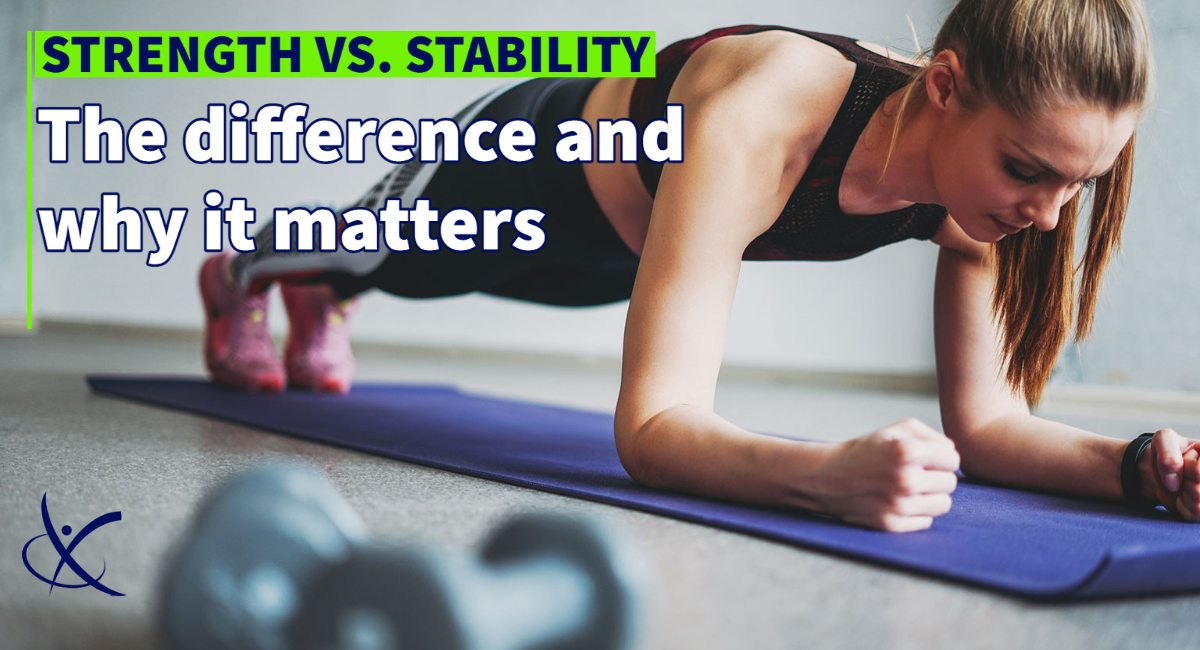
What is Heart Rate Variability?
September 11, 2022
6 Tips for Resolving Lateral Hip Pain
September 24, 2022Strength vs Stability
What’s the difference and why does it matter?
When I was a college soccer player, my teammate (our goalie) suffered 4 shoulder dislocations over the course of the 3 month season. I remember her treatment consisted of resting the arm in a sling during the week so that she would feel well enough to play by the weekend. Then, the weekend would come and her obviously unhealed shoulder would dislocate again and we would be out our goalie for another week or more.
To make a long story short, our goalie made it through that season but ended up needing shoulder surgery in the off-season. The surgery fixed the problem, but her soccer career was never quite the same after that. Looking back on this story as a physical therapist now, it is easy to recognize where the training staff went wrong with her rehabilitation. My teammate had clear signs of shoulder instability, yet was very strong as a high-performing collegiate athlete who did upper extremity strength training on a weekly basis.
So if my teammate was so strong, how did she continue to dislocate her shoulder?
First, let’s go through a couple of quick definitions:
Strength: the ability of a muscle or group of muscles to exert force against a load
Stability: the ability of a muscle or group of muscles to resist a force and control joint position and balance
With these definitions, we can better understand how to classify and use exercises.
Examples of strengthening exercises could be a biceps curl or a squat where your muscles are exerting a force on a load, usually through a larger range of motion, to achieve the end goal of increasing strength in the muscles performing the work.
Examples of stabilizing exercises could be a front plank or a wall sit where your muscles are working to create stiffness that helps keep your joints in a specific position (ie stiffness to maintain an upright posture, or stiffness in one joint to allow movement in another joint).
So, although my teammate was performing a lot of upper body strengthening exercises, she still suffered a severe enough injury to her shoulder to need surgery. A better treatment approach to improve her issues would’ve been a program focusing on improving her shoulder joint stability.
So, how do you do this?
If you are trying to add stability to a specific joint, pick an exercise that either forces you to keep that joint from moving for a set period of time (i.e. a timed plank) or an exercise that provides stiffness in one joint while simultaneously moving another joint (i.e. a bird dog).
In my teammate’s case, the joint requiring stiffness was the shoulder joint. For her, the goal should’ve been to improve shoulder stability during dynamic arm movements such as reaching up overhead to catch a ball. To improve stiffness in the shoulder joint, she could have performed a tall plank with shoulder taps or an overhead carrying exercise as part of her rehab program. Ultimately, in her case, the repeated injuries damaged her inherent stability to the point where only a surgical tightening of the joint capsule could provide adequate support for even daily activities.
Overall, we need both stability and strength in order to live our lives. Stability allows us to stay standing in upright positions, while strength allows us to move from place to place, pick up objects, and do manual tasks. In combination, we can carry groceries, pick up heavy objects from the ground and even run.
As the high achievers that we all are here, let’s keep this in mind when planning our exercise programs! A good balance between exercises that strengthen and stabilize will help keep us able to do all of the fun activities that we enjoy, while hopefully avoiding injury as well.
Happy training!
Meg





